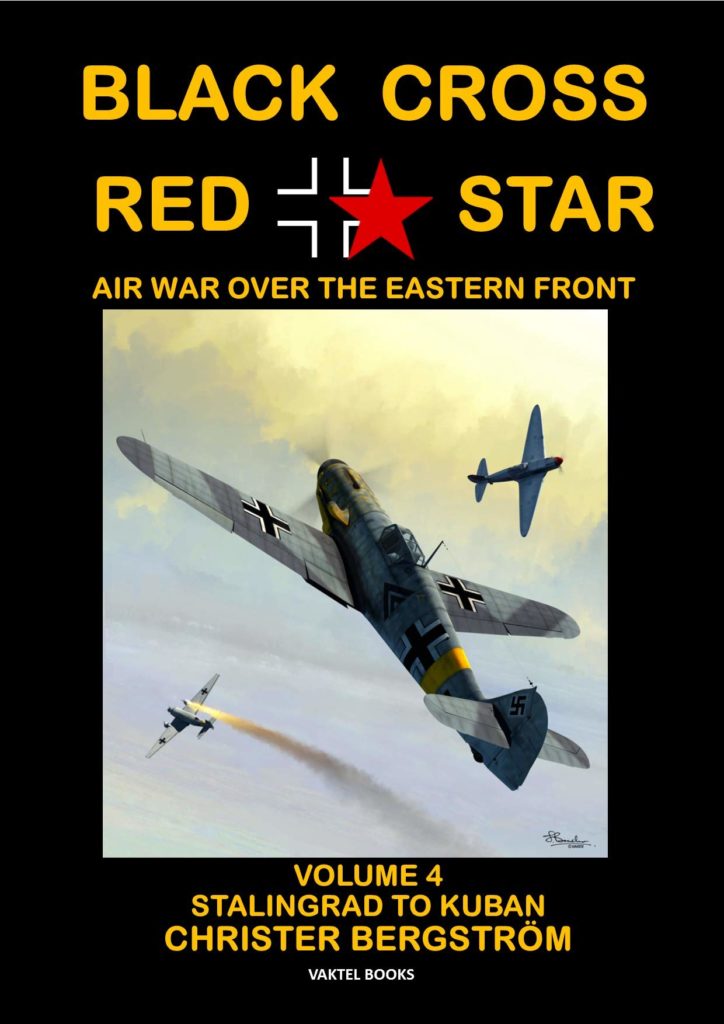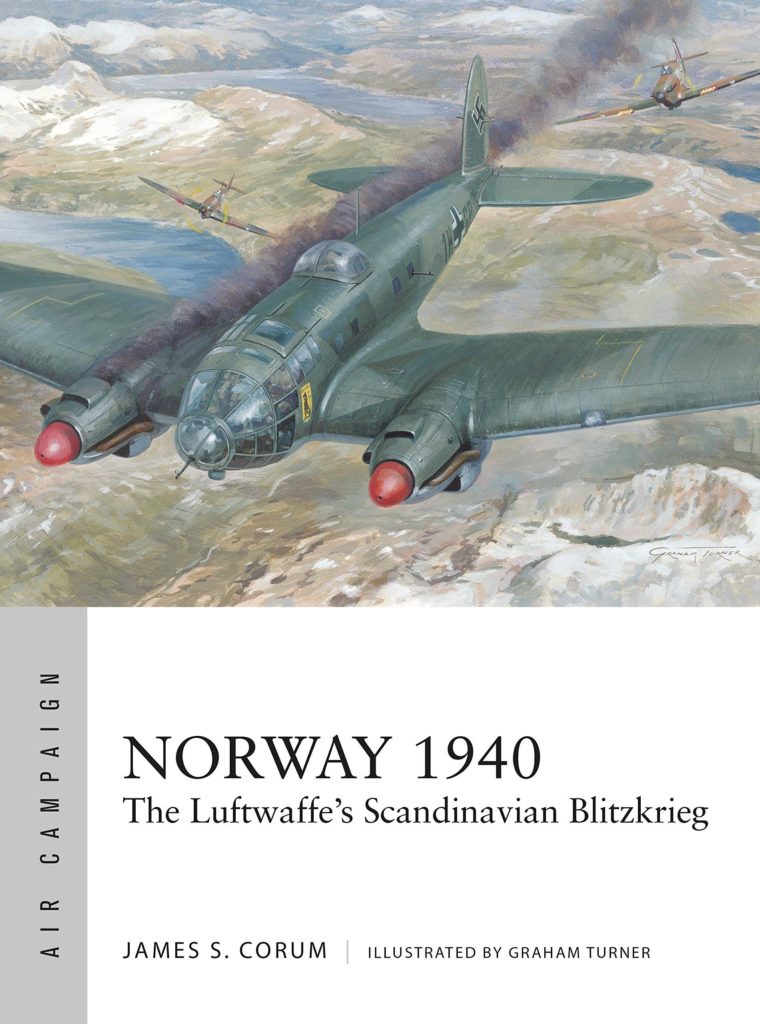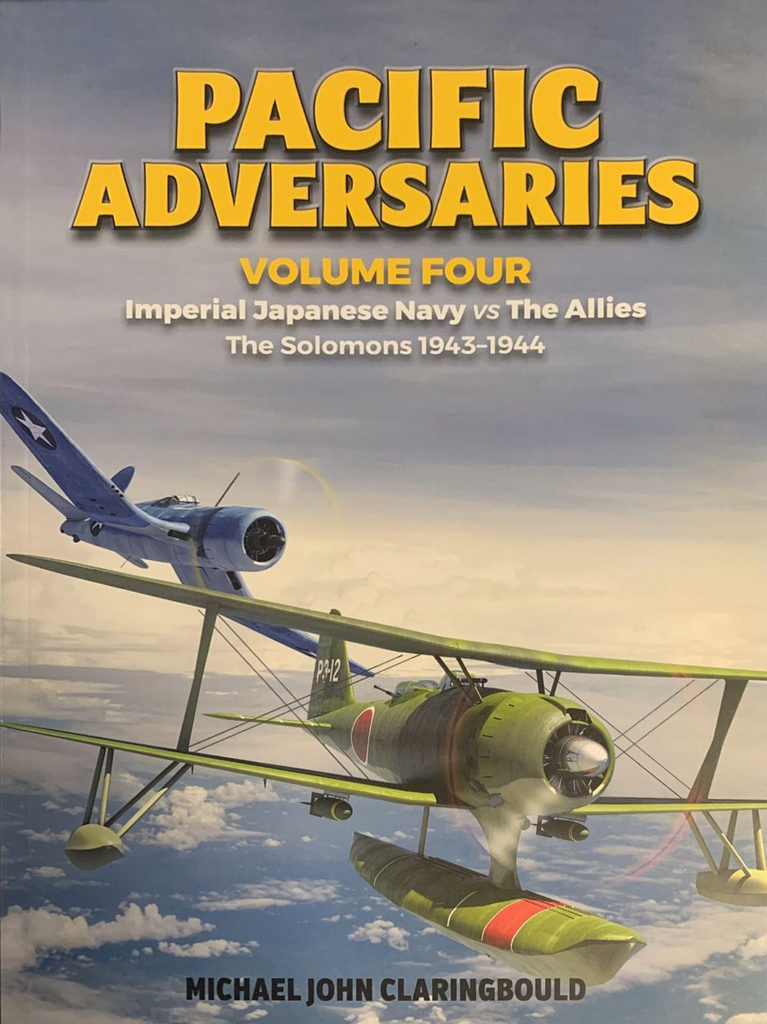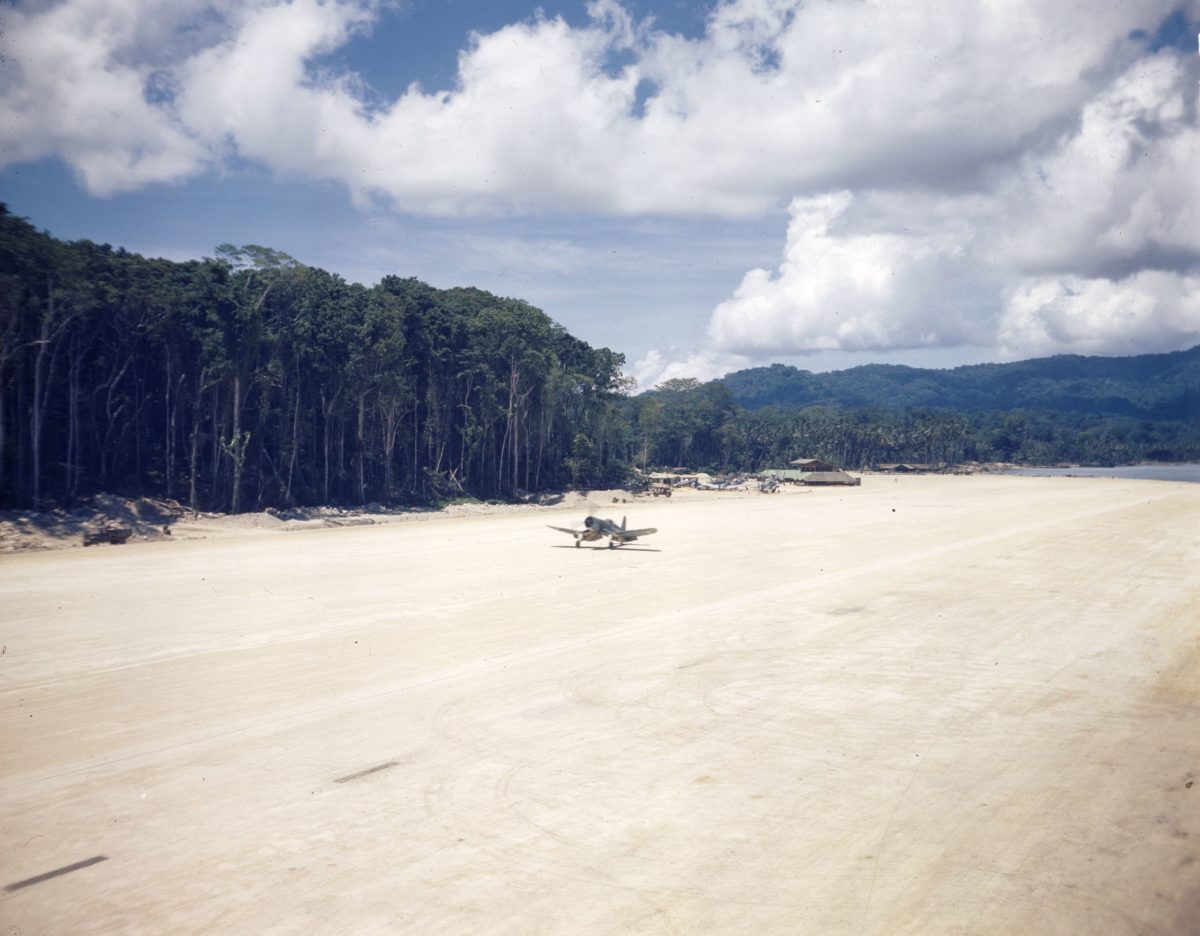World War II continues to fascinate scholars of military aviation — largely because new information continues to arise more than 80 years after the war began. Three recent cases in point remind us, among other things, why the conflict is called a world war.

Black Cross Red Star
Air War over the Eastern Front, Volume 4, Stalingrad to Kuban
by Christer Bergström, Vaktel Förlag, 2019, $49.99
This post contains affiliate links. If you buy something through our site, we might earn a commission.
Since 2000, Swedish aviation historian Christer Bergström has published the fruits of his herculean research labors in three volumes that have forced scholars of military aviation to reappraise everything they thought they knew about World War II over the Eastern Front. For anyone who missed them, they should be available again since Bergström has established his own book publishing firm, Vaktel Förlag — and has released an epic follow-up, “Black Cross Red Star: Air War over the Eastern Front, Volume 4, Stalingrad to Kuban.”
Having previously covered Operation Barbarossa and the defenses of Moscow, Leningrad and Stalingrad in his previous books, Bergström opens Volume 4 on Nov. 19, 1942, with Operation Uranus, the Soviet attack on the Romanian Third Army, the first of a series of moves that would ultimately transform Stalingrad from a key target for the German Sixth Army to its death trap. Hitherto overlooked are the activities of the Soviet air force, which previous Western histories presented as more of a liability than otherwise. “Black Cross Red Star,” however, describes a resurgent Soviet air arm recovering from the previous year’s humiliating losses with growing numbers of improved aircraft and improving aircrews. Although Luftwaffe aircraft still held a qualitative edge, it was proving not to be enough, especially when it came to covering Reichs Marshal Hermann Göring’s promised airlift of supplies to Stalingrad. Although Sixth Army commander Field Marshal Friedrich Paulus accused the Luftwaffe’s underperforming transports of committing “the worst treachery in German history,” Bergström’s statistics show that they did try — and credits the Soviet fighters and infantry with destroying that air effort in what he declared “the greatest victory of the Soviet Air Force — in fact, one of the greatest victories attained by any air force in World War II.”
Between the wealth of statistics and unit deployments throughout the book, the author livens things up with numerous firsthand accounts by the air campaign’s participants, Soviet and Axis. Maps, a multitude of photographs and 14 color aircraft profiles by illustrator Jim Laurier fill to the brim this font of knowledge.
Despite the Stalingrad debacle, the Germans — with no small amount of help from the Luftwaffe — managed to stabilize their precarious situation in February-March 1943. That remarkable feat closes “Black Cross Red Star: Air War over the Eastern Front, Volume 4” and sets the stage for more sprawling air battles to come over the Kuban and Kursk. Judging from No.4, the next volume should be mind-boggling.

NORWAY 1940
The Luftwaffe’s Scandinavian Blitzkrieg
by James S. Corum, Osprey Publishing, 2021, $24
This post contains affiliate links. If you buy something through our site, we might earn a commission.
In a way, James S. Corum’s analysis of Norway 1940 is a logical sequel to his previous book in Osprey’s “Air Campaign” series, “Legion Condor.” While the Spanish Civil War witnessed many innovations in aerial warfare, Germany’s invasion of Denmark and Norway on April 9, 1940, heralded the use of combined arms, as the air forces of both sides shared equal importance with army and naval power.
Despite Denmark’s almost immediate capitulation, in numerous respects Operation Weserübung was a learning process fraught with inconsistencies. The German High Seas Fleet carried out its largest operation in Norway, but also suffered its most grievous losses. The Luftwaffe largely made up for that by capturing key objectives with air assault alone for the first time in history. On April 10, British Blackburn Skuas sank the light cruiser Königsberg at Bergen, the first successful dive-bombing attack. Norway’s available fighters, seven Gloster Gladiator biplanes, put up a spirited but brief defense, as did Oslo’s land batteries, whose guns and torpedoes sank the heavy cruiser Blücher. Equally improbable was the later destruction of British carrier Glorious by battle cruisers Scharnhorst and Gneisenau.
For all the new strategies and tactics, Corum concludes that Norway’s fate was ultimately decided by the Germans’ superior communication and coordination and the fact that they committed fewer missteps and proved better at correcting them. That included Field Marshal Erhard Milch in his first and only field command, in which he performed remarkably well.
In a final irony, the German invasion’s principal purposes — access to Swedish iron ore and to avert being flanked by the Allies — were largely rendered moot by the time it concluded, because by then the Germans had also overrun France, gaining access to iron ore in Lorraine, along with Atlantic submarine bases at Brest, Sainte-Nazaire, Lorient, La Pallice and Bordeaux. Nevertheless, Norway proved to be a costly education to all forces involved.

Pacific Adversaries
Volume Four: Imperial Japanese Navy vs The Allies, The Solomons, 1943-1944
by Michael John Claringbould, Avonmore Books, 2021, $39.95
This post contains affiliate links. If you buy something through our site, we might earn a commission.
Volume 4 in Michael John Claringbould’s “Pacific Adversaries” series examines the struggle for air supremacy over the Solomon Islands in 1943. One side was dominated by the Japanese navy, which faced a mixed bag of aircraft from the U.S. Army Air Forces, Navy, Marines plus newly arriving Curtiss P-40 Kittyhawk Mark IIIs of the Royal New Zealand Air Force. As in the previous volumes, this one focuses on missions for which the author gathered combat reports from both sides, resulting in analyses that should be familiar to anyone collecting these books. In spite of the arrival of such formidable aircraft as the Vought F4U-1 Corsair in Marine squadrons, the veteran Mitsubishi A6M Zero pilots were still quite capable of putting up a fight — and sometimes still coming out on top, even after one allows for the overclaiming on both sides.
Among the 15 examples of encounters presented is the destruction in flames of a Mitsubishi F1M2 “Pete” floatplane on May 6, 1943, by two Kittyhawks of No.15 Squadron, a legitimate outcome of the RNZAF’s first victory over the Pacific. At the other extreme, there is an encounter near the Solomon Island of Rendova on July 4, 1943, in which No.14 Squadron’s Kiwis claimed five Zeros while the elements of three Japanese air groups claimed a total of 12 victories; in fact, neither side shot down anything, although both Squadron Leader Stanley Quill and Petty Officer 1st Class Ichirobei Yamazaki returned to their bases wounded and the latter fatally crashed on the runway.
While the Japanese naval airmen were still holding their own, they had few pilots of comparable skill to replace their losses, leading to the elimination of their main base at Rabaul by early 1944 — a process no doubt to be covered when Volume 5 comes out.
historynet magazines
Our 9 best-selling history titles feature in-depth storytelling and iconic imagery to engage and inform on the people, the wars, and the events that shaped America and the world.






